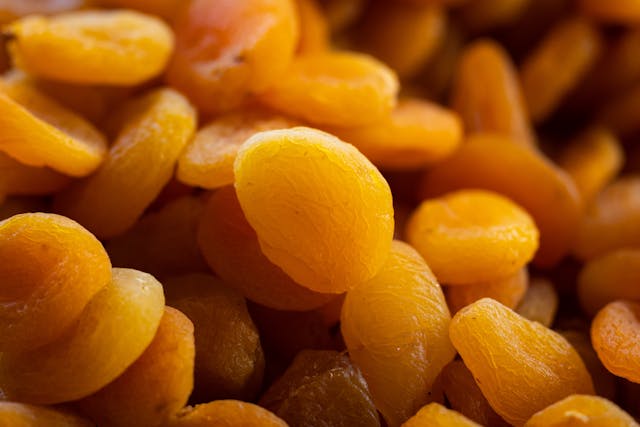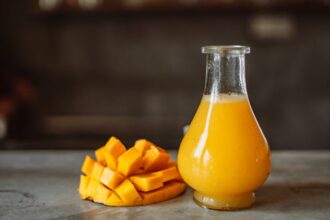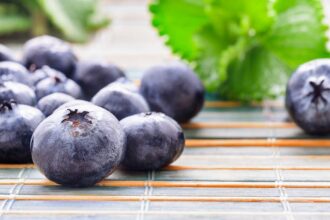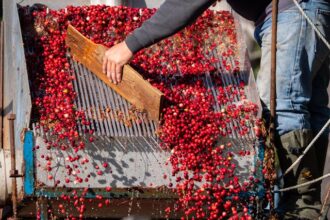When considering a healthy fruit snack for your child’s lunchbox or your afternoon treat, choosing wisely based on nutritional guidelines is essential. Recent research conducted by food scientists at the University of Massachusetts Amherst highlights that only three types of fruit snacks meet the latest recommendations set by federal dietary guidelines for high-nutrition snacks. These include dried fruit, fruit puree, and canned fruit packed in juice.
Dried fruit is the top choice among these options due to its superior nutritional profile. It boasts the highest nutrient density and fibre content while containing the lowest added sugar compared to other commercially available fruit snacks. Conversely, fruit-flavoured snacks like gummies exhibit the lowest nutrient density and fibre content alongside the highest added sugar content. Other less nutritious fruit snack options include canned fruit packed in syrup and dried flavoured fruit, which tend to have higher added sugars.
The study by food scientists Amanda Kinchla and Alissa Nolden analysed 1,497 fruit snacks from the Mintel Global New Products Database. They utilised the Nutrient Rich Foods (NRF) Index to assess overall nutrition quality, considering factors such as protein, fibre, vitamins, and minerals, as well as substances recommended to be limited, like added sugars and sodium.
While fresh fruit remains the healthiest option, the research underscores that a significant portion of the U.S. population struggles to meet the recommended daily fruit intake. In this context, the practicality of choosing nutrient-dense fruit snacks becomes evident, offering a feasible strategy to increase fruit consumption.
Kinchla emphasises, “It’s not fresh fruit but the snacking products that people are more customarily consuming.” This underscores the importance of understanding and promoting healthier alternatives within the snack market.
The researchers categorised the fruit snacks into nine groups: dried fruit, fruit-based bars, canned fruit, and various fruit-flavoured snacks. They aimed to pinpoint areas where improvements could enhance the healthfulness of these products, particularly by reducing added sugars and increasing fibre content.
Nolden explains, “Our goal was to connect the dots between all the nutrients, which is the unique advantage of the NRF – the ability to simultaneously consider multiple nutrients.” This comprehensive approach allowed the researchers to effectively evaluate and compare the nutritional merits of different fruit snack categories, providing enlightening insights.
The study’s findings recommend reformulating fruit snacks to improve their nutritional quality. Suggestions include reducing added sugars in formed fruit and fruit-based bars and enhancing fibre content across all categories. Canned fruit and fruit-flavoured snacks, in particular, require significant reformulation to boost nutrient density and reduce added sugars.
Moreover, the researchers advocate for improving sensory profiles and consumer acceptance of healthier fruit snack options. By aligning nutritional improvements with sensory preferences, they aim to promote smarter snacking choices that support overall health and wellness.
The research underscores the urgent need for reformulating fruit snacks to align with dietary guidelines, enhancing fibre content, reducing added sugars, and improving overall nutrient density. By focusing on these improvements, the fruit snack industry can better cater to consumer health needs while promoting enjoyable and nutritious snacking options. This call for reformulation should motivate and garner support for healthier eating habits among consumers.
More information: Hao Fu et al, Nutrient Density, Added Sugar, and Fiber Content of Commercially Available Fruit Snacks in the United States from 2017 to 2022, Nutrients. DOI: 10.3390/nu16020292
Journal information: Nutrients Provided by University of Massachusetts Amherst








